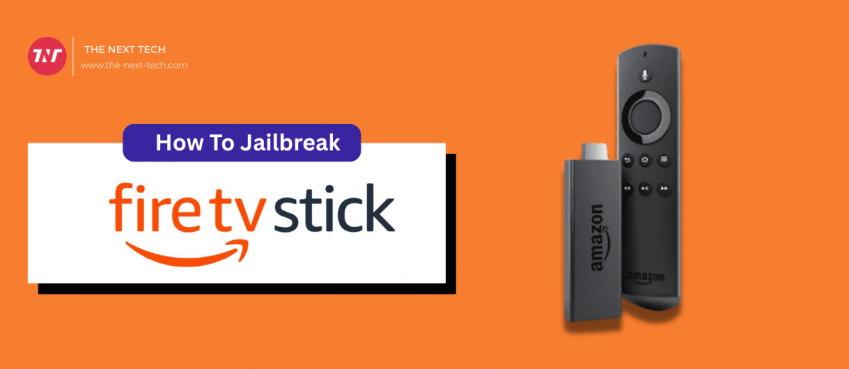
For many years, the payments industry has shown remarkable growth: dizzying valuations and double-digit growth rates. There is also an increasing speed of technological advancements on a scale that is not seen in any other industry.
The coronavirus has had a profound impact on consumers’ shopping habits and driven retailers to bankruptcy. It also shines a light on the importance of digital capabilities which have been a tremendous catalyst in a fast-moving payments industry.
The Future of Mobile Payments in A Post-COVID-19 World
Although many people believe that everything has changed, we don’t think this new normal will last. The changes are only going to get more severe and will have far-reaching consequences for the business strategies of players across the entire payment value chain.
Payment methods for consumers are changing rapidly, and they are reshaping payment systems all around the globe.
This was especially evident during the COVID-19 epidemic when transactions moved to online stores as they were forced to close. The technology we have available and our culture all influence how we pay.
Digital payments
The digital payments industry is growing rapidly in the wake of the COVID-19 epidemic. People’s perceptions of financial services and payments have changed due to the crisis. Cash use has declined and contactless adoption has been promoted by many countries.
All aspects of the cashless society are affected by this shift: consumers, retailers, merchants, and governments as well as financial institutions and service providers.
According to Market Research Future (MRFR), global mobile payments will reach USD 3,300 Billion by 2023 at a CAGR of 32% (forecast period). The market for mobile payments is expected to grow rapidly in today’s market.
For day-to-day transactions, mobile payments are a cashless medium.
This technology allows users to instantly make cashless payments with their smartphones. According to the study, the key driver for the mobile payment market is technological advances that are taking place in the world today. The popularity of near field communications (NFC), an advanced technology, is growing.
NFC is a way to connect two electronic devices such as smartphones by simply touching them. Other factors that make NFC attractive include its ease of use, security, speed, and associated offers.
The Worldpay Global Payments Study shows that mobile payment will continue its growth in 2020. This will make shopping easier and more convenient. Already leading e-commerce payment preferences in 2019, with 42% spending, up from 36% in 2018.
Personalized Service for Customers
We all know that the commerce and banking sectors are constantly innovating in order to offer a wide range of payment options that can be customized to meet the specific needs of consumers.
Also read: Top 10 IoT Mobile App Development Trends to Expect in 2021
Cash will continue to flow?
Deutsche Bank believes that cash will remain, but the next decade will see rapid growth of mobile payments. This will lead to a decline in plastic card use. Mobile payments will account for nearly half of all in-store transactions in the United States over the next five-years, quadrupling current amounts.
Mobile payments are available from retailers-specific apps to wallets provided worldwide by technology platforms, financial institutions, device makers, and technology platforms. They offer convenience and protection for customers and businesses around the world. Over one billion mobile payment users used mobile payments in 2020.
Similar growth is expected in other emerging countries. However, cash and plastic card shrinkage rates will vary between countries. The impact of the changes in emerging markets can be felt earlier. These consumers are switching from cash to mobile payments in many countries without ever using a credit card.
The future of payments would also be influenced by Generation-Z, which is today’s children as well as young adults.
Nearly 26% of the world’s population is part of this technology-savvy generation. They were born and raised in a mobile-first society. Gen-Z is looking for more personalized, higher quality content and better performance from businesses.
Brands who want to appeal to Gen-Z will need to appeal to their mobile-friendly, flexible and digital payment preferences if they are to win. This generation is rapidly adopting the ubiquitous smartphone as their wallet of choice.
Customers prefer to store their cards on their smartphones rather than carry physical c
ards. This is leading to major changes in global point-of sale payment acceptance. It has increased from 16% in 2018 and 22% in 2019.
Also read: Walmart Pharmacy Hours & Number (Complete Guide!)
China is the market leader in digital wallets
The development of the mobile payment infrastructure in China can provide a wealth of information about the future payments, especially during the pandemic. The value of online payment accounts to nearly three quarters of the GDP (71%), almost double the percentage in 2012.
Today, less than half of all transactions made in China’s stores are done using a mobile phone. This is far higher than the levels in developed markets like Germany (25% and 24% respectively).
In 2019, mobile payments accounted for 22% global point-of sale spend. They are expected to account for almost a third (30%) customer payments in the next five-years. Mobile payments will continue to grow in popularity due to the declining physical use of debit cards and credit cards.
Impact of COVID-19 Pandemic
COVID-19 is expected to have a significant impact on the mobile payment industry. Contactless payments seem to be safer and more hygienic. The commerce industry is driving this trend by claiming that contactless transactions increase safety and security.
Global contactless adoption is expected to increase by 6 to 8% compared to pre-COVID-19 projections. In 2020, 110 million additional contactless payment cards are expected to be available.
Also read: 11 best ways to Improve Personal Development and Self-Growth and its Benefit on our Life
Mastercard’s global transactional information
Mastercard’s market analysis and global transaction data show that mobile payments are on the rise. The poll results show that mobile payments to supermarkets, grocery stores, and pharmacies in March 2020 as a percentage of all face-to–face card payments increased by 25% over the previous year.
Contactless is cleaner — this is evident
79% of the world’s population use mobile payments, while 91% live in Asia Pacific. They do so for security and cleanliness. This data shows that people prefer mobile payments to cash, keyspads, or pennies when searching for alternative shopping options.
According to an April 2020 survey, contactless payments and mobile payments are on the rise in America and Canada even though the coronavirus pandemic has begun to ease.
Nearly one-third of US customers used mobile payment during the pandemic. The majority plan to use mobile payments even after COVID-19. The United States is expected to double mobile payments between 2020-2024. Contactless card payments are also on the rise.
Also read: 7 Best Sites Like Artists And Clients To Inspire
Conclusion
Our economic and social well-being has been greatly affected by the COVID-19 pandemic. It is true, however, that it has been a powerful force in global digitalization.
Businesses and enterprises can now operate in the post COVID-19 new norm using digital payments, especially mobile payments.
One thing is certain after discussing the impact of COVID-19 in all payment industries: If any company wants survive the pandemic and all the other “things that may come down on the “human-existencepipeline”, it must use mobile payments methods.
Companies must offer their customers easy, convenient and socially distancing-friendly ways to pay.
Top 10 News
-
01
Top 10 Deep Learning Multimodal Models & Their Uses
Tuesday August 12, 2025
-
02
10 Google AI Mode Facts That Every SEOs Should Know (And Wha...
Friday July 4, 2025
-
03
Top 10 visionOS 26 Features & Announcement (With Video)
Thursday June 12, 2025
-
04
Top 10 Veo 3 AI Video Generators in 2025 (Compared & Te...
Tuesday June 10, 2025
-
05
Top 10 AI GPUs That Can Increase Work Productivity By 30% (W...
Wednesday May 28, 2025
-
06
[10 BEST] AI Influencer Generator Apps Trending Right Now
Monday March 17, 2025
-
07
The 10 Best Companies Providing Electric Fencing For Busines...
Tuesday March 11, 2025
-
08
Top 10 Social Security Fairness Act Benefits In 2025
Wednesday March 5, 2025
-
09
Top 10 AI Infrastructure Companies In The World
Tuesday February 11, 2025
-
10
What Are Top 10 Blood Thinners To Minimize Heart Disease?
Wednesday January 22, 2025







